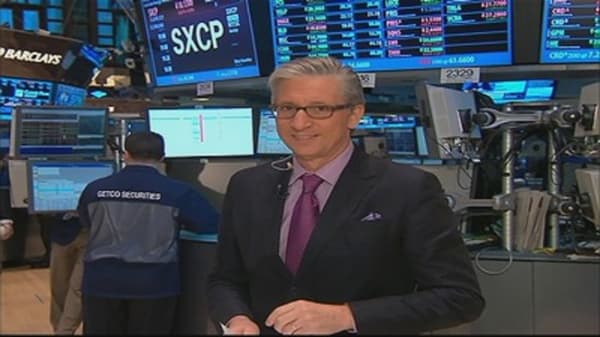"Share repurchases are a critical feature of capital management for most of these large institutions as their capital levels are strong and asset growth is weak," Cannon said in a note. "However, achieving net share reduction is difficult for many because of Fed restriction and because they are issuing significant numbers of shares as part of compensation."
Float, as it is called, indicates the numbers of shares available. A decrease in float is considered a positive sign for a stock based on supply-demand rules.
Of those banks under Federal Reserve stress test jurisdiction, just five have decreased their shares available. Those banks include Goldman Sachs and Bank of New York Mellon.
Four institutions, including Bank of America and Morgan Stanley, have had the amount of shares surpass growth in assets. (Read More: Stock Rally Still Has Legs: Morgan Stanley CEO)
"Looking forward, capital management will be critical in a slow-growth, highly regulated, banking world, in our view, and the most successful banks will need to be reducing shares outstanding to achieve strong EPS growth," Cannon said.
The earnings outlook overall remains muted, with analysts continuing to issue negative revisions. Outlook changes for financials have been trending negative, led by banks and insurers, while the picture has been improving for industrials.
Another metric analysts sometimes examine for direction in banking stocks is risk of default.
Spreads in credit default swaps - essentially insurance policies against default - have been approaching lows not seen during the stock market's bull run higher. As a contrarian indicator, that could be setting up as a headwind for financials.
"If default risk begins to creep up again, a big double top could be in store for financial stocks, which would be a negative technical formation," said Paul Hickey at Bespoke Investment Group. "Either way, the next couple of days/weeks will be key for the direction of financial stocks over the next few months."





